Introduction
Breeding flies may seem unconventional to some, but it is a rapidly growing field with applications in agriculture, waste management, and scientific research. Flies, particularly species like the black soldier fly (Hermetia illucens) and the common housefly (Musca domestica), play vital roles in ecosystems by decomposing organic matter and serving as a protein-rich food source for various animals. This article explores the step-by-step process of breeding flies, from selecting species to managing colonies, while highlighting the economic and environmental benefits. It also addresses challenges such as odor control, disease prevention, and ethical considerations to ensure responsible practices.
Understanding the Basics of Fly Biology
Before diving into breeding, it is crucial to grasp the life cycle and behavioral patterns of flies. Most flies undergo complete metamorphosis, consisting of four stages: egg, larva, pupa, and adult. The duration of each stage varies by species but typically spans 10–14 days under optimal conditions.
- Eggs: Females lay eggs in moist, nutrient-rich environments, such as decaying organic matter.
- Larvae (Maggots): This stage is critical for nutrient absorption. Larvae feed voraciously, converting waste into biomass.
- Pupae: Non-feeding, resting stage where transformation into adults occurs.
- Adults: Short-lived but reproductive; females lay hundreds of eggs daily.
Selecting the Right Species for Breeding
Not all flies are suitable for breeding. The choice depends on your goals—whether for feed production, waste reduction, or research.
- Black Soldier Fly (BSF):
- Benefits: High in protein and fat, efficient at converting organic waste.
- Use Case: Ideal for animal feed (poultry, fish) and biodiesel production.
- Housefly (Musca domestica):
- Benefits: Rapid reproduction, adaptable to various climates.
- Use Case: Fishing bait, waste decomposition, and medical research.
- Fruit Fly (Drosophila melanogaster):
- Benefits: Short life cycle, genetically tractable.
- Use Case: Genetic research and education.
Setting Up the Breeding Environment
Creating a controlled environment is key to successful fly breeding. Factors like temperature, humidity, and lighting must be optimized.
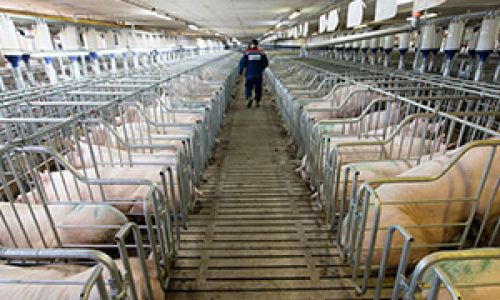
- Temperature: Maintain 25–30°C (77–86°F) for BSF and 20–25°C (68–77°F) for houseflies.
- Humidity: 60–70% prevents desiccation of eggs and larvae.
- Lighting: Provide 12–14 hours of light daily to stimulate activity.
- Containers: Use plastic bins, buckets, or specialized breeding trays with ventilation.
Feeding and Nutrition
Proper nutrition ensures healthy larvae and efficient waste conversion.
- Larval Diet:
- BSF: Fruit scraps, vegetable waste, grains, or commercial feed.
- Houseflies: Manure, decaying meat, or fermented organic matter.
- Adult Diet: Sugar water or honey for energy; milk powder or yeast for protein.
- Water: Provide damp sponges or cotton balls to prevent drowning.
Managing the Life Cycle
Effective lifecycle management maximizes yield and minimizes losses.
- Egg Collection:
- Place substrates like cardboard or straw near adult colonies to encourage laying.
- Transfer eggs to feeding trays within 24–48 hours.
- Larval Development:
- Separate larvae by size to prevent cannibalism.
- Monitor moisture levels to avoid mold or desiccation.
- Pupation:
- Move larvae to dry, elevated surfaces (e.g., screens) for pupation.
- Collect pupae daily to prevent adult emergence in breeding trays.
- Adult Emergence:
- House pupae in cages with food and water.
- Introduce males and females for mating within a week.
Harvesting and Processing
Timing is critical to ensure quality and nutritional value.
- Larvae Harvesting:
- BSF larvae are ready in 10–14 days when they turn dark and migrate.
- Use sieves or handpicking to separate larvae from substrate.
- Processing:
- Rinse larvae with cold water to remove debris.
- Blanch, freeze-dry, or mill into powder for feed.
- Adult Harvesting:
Collect adults using nets or traps for research or bait.
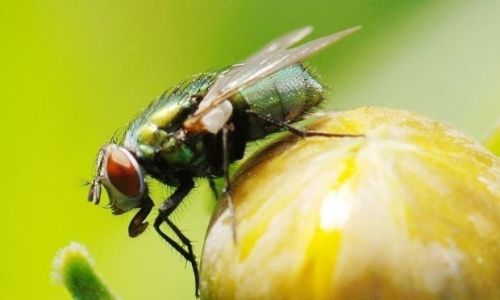
Scaling Up Production
For commercial operations, consider automation and waste partnerships.
- Automation: Use conveyor systems for feeding and harvesting.
- Waste Supply: Partner with restaurants, farms, or food processors for organic waste.
- Quality Control: Test for pathogens and ensure compliance with feed safety standards.
Challenges and Solutions
Breeding flies is not without hurdles. Here’s how to address common issues:
- Odor Control:
- Use aerobic composting to minimize smells.
- Install biofilters or activated carbon filters.
- Pest Management:
- Screen facilities to keep out predators like birds and ants.
- Use diatomaceous earth to deter mites.
- Disease Prevention:
- Quarantine new colonies.
- Discard contaminated substrates immediately.
Ethical and Environmental Considerations
Responsible breeding practices are essential to avoid ecological disruption.
- Sustainability:
- Prioritize waste reduction over virgin resource use.
- Avoid overbreeding in non-native regions.
- Humane Treatment:
- Ensure larvae are harvested humanely.
- Avoid genetic modification without regulatory approval.
- Biodiversity:
- Prevent escape of non-native species.
- Monitor local fly populations for imbalances.
Economic Viability and Market Opportunities
Fly breeding offers low-cost, high-return potential.
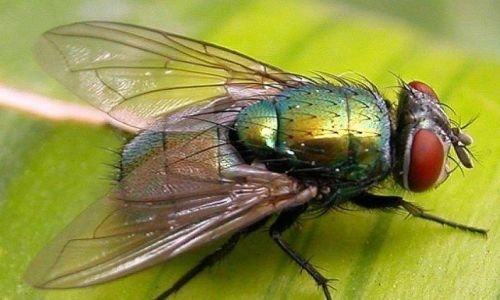
- Costs:
- Initial setup: $500–$5,000 for small-scale operations.
- Ongoing expenses: Feed, labor, and utilities.
- Revenue Streams:
- Sell larvae as feed ($1–3 per pound).
- Offer waste management services to businesses.
- Grants and Subsidies:
Explore agricultural or environmental grants in your region.
Case Studies and Success Stories
Learning from real-world examples can inspire innovation.
- AgriProtein (South Africa):
- Raises BSF larvae on food waste to produce MagMeal, a fish and poultry feed.
- Reduces landfill waste by 50 tons daily.
- Entomo Farms (Canada):
- Produces cricket and fly protein for human consumption.
- Partners with pet food companies globally.
Future Trends in Fly Breeding
Advancements in technology and sustainability are shaping the industry.
- Automation: AI-driven systems for real-time monitoring.
- Genetic Engineering: CRISPR for disease resistance and growth optimization.
- Circular Economies: Integrating fly farms with urban waste systems.
Conclusion
Breeding flies is a multifaceted endeavor with applications spanning agriculture, ecology, and industry. By understanding fly biology, optimizing environments, and addressing challenges ethically, breeders can contribute to sustainable food systems and waste solutions. Whether for profit or research, the key lies in balancing innovation with responsibility. As global demand for protein rises and waste management becomes critical, fly breeding emerges not just as a niche practice but as a cornerstone of future resource management.
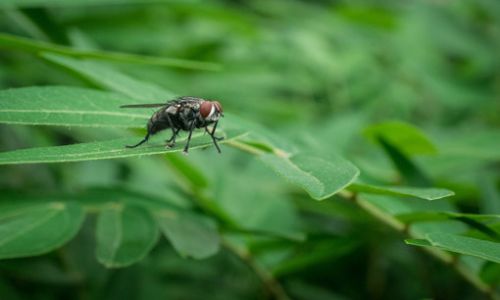
Word Count: 1,820

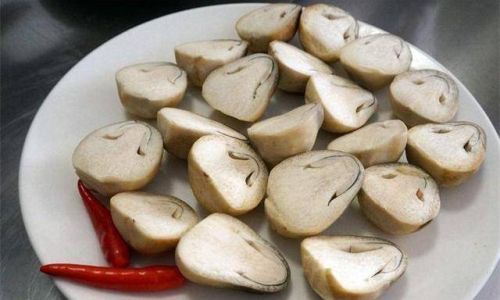

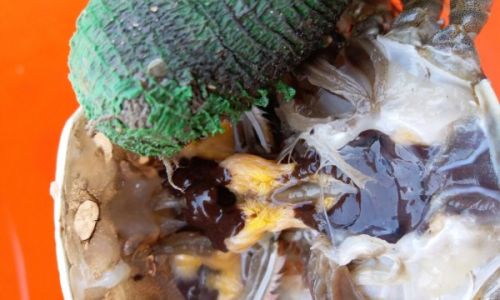


0 comments